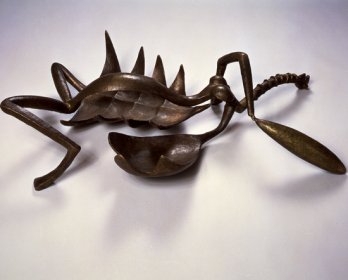...and we're back! I apologize for our two week hiatus from art-related witticisms and criticisms. I have only one explanation to offer: midterms. But now that's over and it's back to business! Speaking of art criticism...
John Ruskin, famous art critic and writer of Modern Painters
We (the AHA) want to reiterate that this blog is a place where we hope you (artists, art educators, art historians, and most importantly art enthusiasts) will feel free to discuss and critique what you are hearing in class, seeing in local museums and galleries, reading for research/pleasure, and noticing in art news. Be a critic!
This post, for example was inspired by my reading of Thielemans' essay for my Transnationalism seminar. As I thought about Thielemans' assertion I wondered: What is the role of art criticism in the current art market, and in our own art historical practice? All of us are critics to some degree; we are constantly making assessments about the artist we study, what is "worth" our attention and what is not (Renoir). However, it also seems that while many critics garner fame for their assessments, they also become the whipping boys of the larger art historical community. Vasari is revered, but also questioned; Ruskin saw the genius in Turner, but not in Whistler; Clement Greenberg and Michael Fried decided the direction of much of Modernism and Post-Modernism, but now their ideas are being fundamentally questioned; Rosalind Kraus had a big hit with David Smith and is one of the great Post-Modernist thinkers, but many of her "favorites" have failed to catch on.
Art criticism is a problematic practice, to say the least. Who is your favorite critic? Do you agree with Thielemans' assessment of what it takes to be a good critic? Do you feel that they reflect the skills we cultivate as students of the arts?
Art criticism is a problematic practice, to say the least. Who is your favorite critic? Do you agree with Thielemans' assessment of what it takes to be a good critic? Do you feel that they reflect the skills we cultivate as students of the arts?











